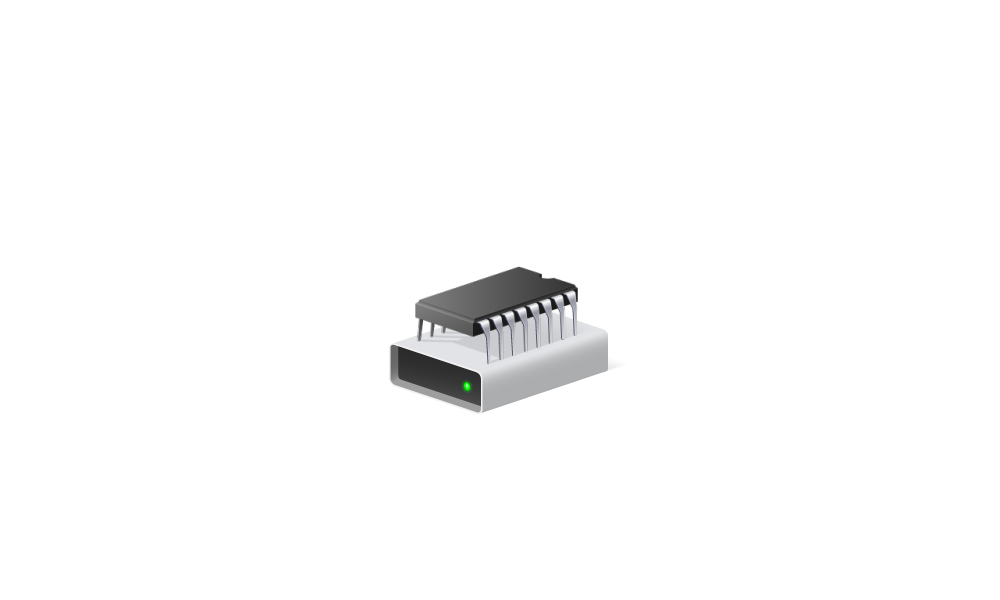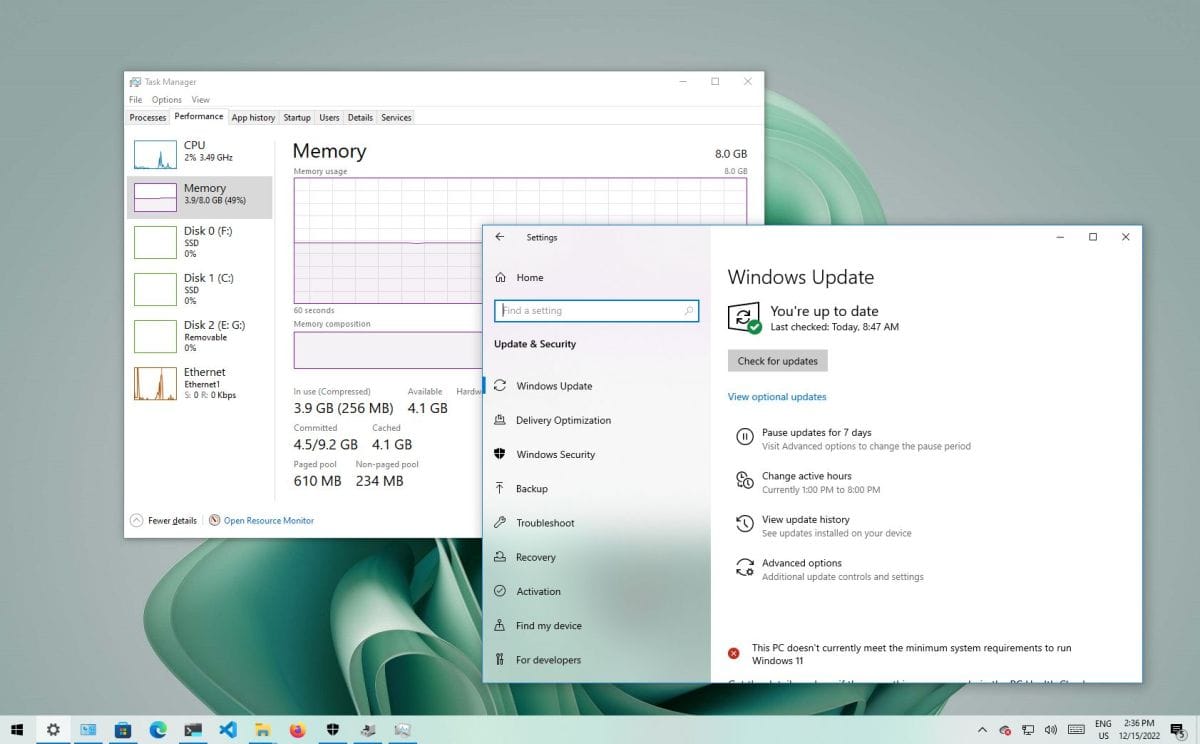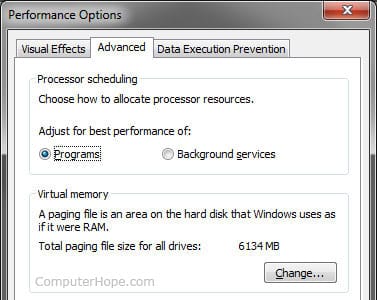- Local time
- 11:43 AM
- Posts
- 205
- Location
- USA - MS
- OS
- Windows11Pro(x64),(Version 23H2 ) (Build 22635.3350) (Feature Experience Pack 1000.22688.1001.0 )
Hi,
At this point in time I've read so many articles concerning virtual memory I'm totally confused about the subject. I'm just seeking some positive feedback as to what I might be able to possibly change in the advanced system settings that might possibly improve the overall performance of my older desktop. I'm including a screenshot of how I have the virtual setting currently set, thanks in advance for any positive suggestions that might be provided.
David
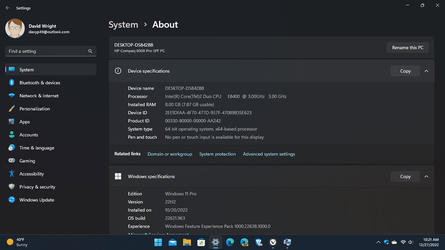
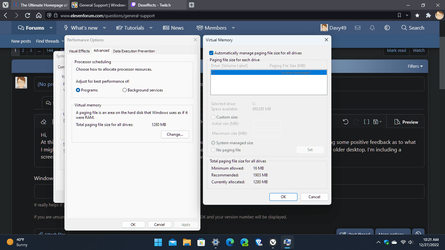
At this point in time I've read so many articles concerning virtual memory I'm totally confused about the subject. I'm just seeking some positive feedback as to what I might be able to possibly change in the advanced system settings that might possibly improve the overall performance of my older desktop. I'm including a screenshot of how I have the virtual setting currently set, thanks in advance for any positive suggestions that might be provided.
David


- Windows Build/Version
- O.S. Build 22621.963 / Version 22H2
My Computers
System One System Two
-
- OS
- Windows11Pro(x64),(Version 23H2 ) (Build 22635.3350) (Feature Experience Pack 1000.22688.1001.0 )
- Computer type
- PC/Desktop
- Manufacturer/Model
- HP/HP8300EliteSFF
- CPU
- Intel(R) Core(TM) i5-3470 CPU @ 3.20GHz 3.20 GHz
- Memory
- 8.00 GB (7.88 GB usable)
-
- Operating System
- Windows11Pro(x64),(Version 23H2 ) (Build 22635.3350) (Feature Experience Pack 1000.22688.1001.0 )
- Computer type
- Laptop
- Manufacturer/Model
- Lenovo/T430
- CPU
- Intel(R) Core(TM) i5-3320M CPU @ 2.60GHz 2.60 GHz
- Motherboard
- Lenovo 2349KB7
- Memory
- 8.00 GB (7.82 GB usable)
- Graphics card(s)
- Intel (R) HD Graphics 4000
- Sound Card
- Realtek High Definition Audio
- Hard Drives
- SSD 222.79 GB


